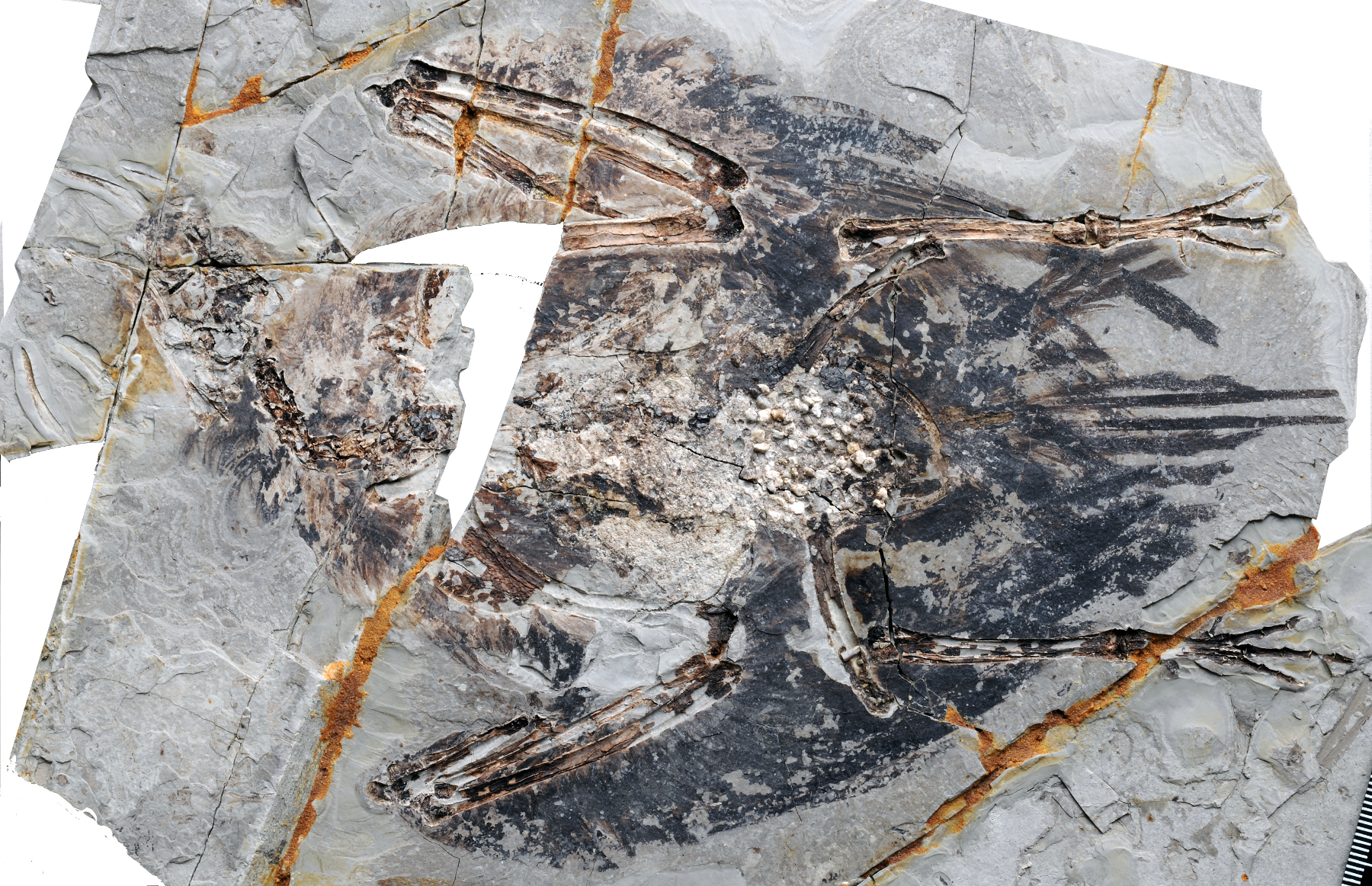
Here’s an interesting premise for science finds of 2018: Big, If True. Among them,
Bird breath
Are white speckles in the chest cavity of a 120-million-year-old bird fossil traces of a respiratory system similar to that of modern birds (SN: 11/10/18, p. 12)? If so, the fossil, found in China, could be the first to preserve lungs of a bird. Some paleontologists aren’t convinced, partly because it’s so rare for delicate lung tissue to survive fossilization. Cassie Martin, “These 2018 findings could be big news — if they turn out to be true” at ScienceNews
Note: What makes the Big, If True premise interesting is that researchers were not looking to find this; it happened on them and it raises questions.
In this case, as with the plants noted earlier today, there weren’t all those years of natural selection acting on random mutation (Darwinism) to perfect the system, even assuming it could be done that way.
Unlike mammalian lungs that are elastic and pump air in and out, bird lungs don’t change size when the bird breathes. Instead, several air sacs connected to the lungs act like a bellows to draw the air in through the lungs. The lungs themselves contain highly subdivided tissue with tiny air capillaries that are responsible for the transfer of oxygen and carbon dioxide gases.
The new Archaeorhynchus fossil surprisingly contains many of the same structures, the team announced. That suggests that these important respiratory adaptations were present very early in the modern bird lineage. Carolyn Gramling, “In a first, scientists spot what may be lungs in an ancient bird fossil” at ScienceNews
About soft tissue in general, we probably ain’t seen nothin’ yet. See, for example, Researchers: Soft tissue shows Jurassic ichthyosaur was warm-blooded, had blubber
See also: Soft tissue find shows dinosaurs had birdlike lungs
and
Developing story: Young Earth creationist microscopist, fired in wake of finding soft tissue from dinosaurs, sues (2014)
Follow UD News at Twitter!